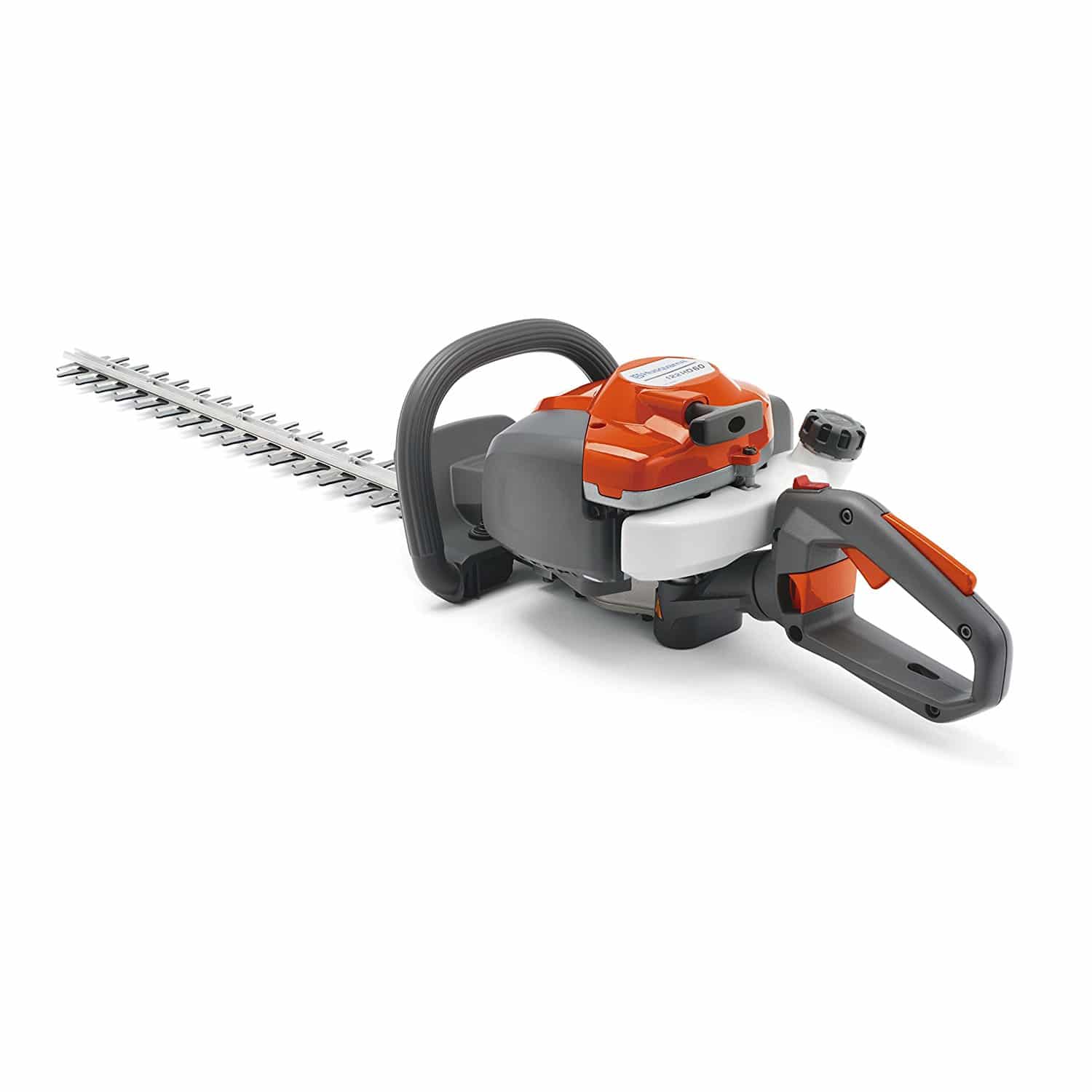If you’re a dog owner, you know the frustration of seeing your once lush green lawn marred by unsightly brown spots caused by dog urine. But fear not! There are ways to protect your lawn from dog urine damage and prevent those dreaded pee spots. By taking a few simple steps, you can keep your lawn looking beautiful while still enjoying the company of your furry friend.
But first, let’s understand how dog urine affects your lawn. When your dog urinates on the grass, it can cause brown spots or green spots, depending on the concentration of nitrogen in the urine. The nitrogen in the urine burns the grass, resulting in brown spots. In areas with less nitrogen concentration, the grass may appear greener. It’s important to note that it’s not the acidity of the urine that causes the damage, but rather the high level of nitrogen.
Several factors influence the extent of urine damage on your lawn. The dog’s diet plays a role, with processed proteins creating more nitrogen in the urine. Additionally, the amount of water your dog drinks can dilute the nitrogen and lessen its impact. Contrary to popular belief, the gender and breed of your dog do not directly impact the damage caused by urine.
To prevent dog urine damage, you can try various methods such as watering the spot immediately after your dog urinates, training your dog to pee in designated areas with mulch or gravel, and increasing their water intake. Raising the mowing height can also help minimize the impact of urine on the grass. You might consider using products like Dog Rocks, which reduce nitrates in your dog’s water. Altering your dog’s diet, under guidance from a veterinarian, can also make a difference. And if you’re reseeding your lawn, choose urine-resistant grass varieties to help combat future damage.
Should your lawn already be affected by dog urine, there are ways to repair it. You can reseed the dead patches with urine-resistant grass seeds, use lawn treatments to cleanse the soil of nitrogen and salts, and promote grass regrowth through deep watering and proper care.
By following these tips, you can prevent and address dog urine damage to maintain a healthy and vibrant lawn. Don’t let dog urine kill your grass – take action today and protect your beloved lawn from the effects of dog urine!
How Dog Urine Affects Your Lawn
When a dog urinates on your lawn, it can have a significant impact on the health and appearance of your grass. Understanding how dog urine affects your lawn will help you take the necessary steps to prevent and address the damage caused by it.
One of the most common effects of dog urine on the lawn is the development of brown spots. These brown spots occur due to the high concentration of nitrogen present in the urine. The nitrogen acts as a fertilizer, but in concentrated amounts, it can burn the grass, resulting in unsightly brown patches.
On the other hand, in areas where the nitrogen concentration is lower, the grass may actually turn greener. This is because nitrogen, in moderate levels, provides essential nutrients to the grass, promoting healthy growth and a vibrant green color.
It’s important to note, however, that the acidity of dog urine is not what directly causes the damage to the grass. Rather, it’s the excessive nitrogen that leads to brown spots.
To further understand the impact of dog urine on your lawn, it’s essential to consider the pH levels. Dog urine typically has a pH level of around 6 to 7, which is considered neutral or slightly acidic. These levels are not harmful to the grass. In fact, some experts suggest that the urine’s pH may have a slight benefit by neutralizing the alkalinity of the soil.
Therefore, it’s crucial to focus on managing the nitrogen concentration in your lawn rather than worrying about the acidity of the urine. By taking proper precautions and implementing preventive measures, you can reduce the damage caused by dog urine and maintain a healthy, green lawn.
Having understood how dog urine affects your lawn, let’s now explore the factors that influence urine damage in the following section.
Factors that Influence Urine Damage
Various factors can influence the extent of damage caused by dog urine, including their diet, water intake, gender, and breed. Understanding these factors can help you take appropriate measures to protect your lawn.
1. Dog’s Diet and Urine Damage: The composition of your dog’s diet plays a significant role in the nitrogen content of their urine. Diets high in processed proteins can result in urine with higher nitrogen concentrations, increasing the likelihood of damage to your lawn.
2. Dog’s Water Intake and Urine Damage: The amount of water your dog drinks can impact the concentration of nitrogen in their urine. Adequate water intake helps dilute the nitrogen, reducing its potential to harm your lawn. Encouraging your dog to drink more water can be beneficial.
3. Dog’s Gender and Urine Damage: Contrary to popular belief, the gender of your dog does not directly influence the damage caused by urine. Both male and female dogs can potentially result in lawn damage if their urine contains high levels of nitrogen.
4. Dog’s Breed and Urine Damage: Similarly, the breed of your dog does not have a direct impact on urine damage. While some breeds might have higher or lower nitrogen concentrations in their urine, it is the overall nitrogen content that determines the potential for lawn damage.
To better understand how these factors apply to your specific situation, consult with your veterinarian. They can provide guidance on dietary adjustments, water intake recommendations, and other measures to minimize the impact of urine damage on your lawn.
Preventing Dog Urine Damage to Your Lawn
Preventing or reducing the damage caused by dog urine is essential for maintaining a healthy and vibrant lawn. There are several effective methods you can implement to protect your lawn from dog urine damage.
Watering the Spot After Dog Urinates
One simple yet effective method is to immediately water the spot where your dog has urinated. This dilutes the urine and helps prevent concentrated nitrogen from burning the grass. Keep a watering can or hose nearby for quick and easy action.
Training Your Dog to Pee in Designated Areas
Teaching your dog to urinate in specific areas of your yard can help concentrate the urine and minimize damage to the rest of your lawn. Designate an area with mulch or gravel where your dog can relieve themselves without harming the grass.
Increasing Your Dog’s Water Intake
Encouraging your dog to drink more water can dilute their urine and reduce the concentration of nitrogen. Ensure clean and fresh water is readily available to your dog throughout the day, especially during hot weather or periods of increased activity.
Raising the Mowing Height
Keeping your grass at a higher mowing height can provide better protection against urine damage. Longer grass blades create a barrier between the urine and the soil, preventing direct contact and reducing the potential for burn spots.
Using Products Like Dog Rocks
Consider using products like Dog Rocks in your dog’s water bowl. Dog Rocks are natural minerals that help filter out nitrates and other impurities from the water, reducing the nitrogen content in your dog’s urine and minimizing the damage to your lawn.
Altering Your Dog’s Diet
Consult with your veterinarian about altering your dog’s diet to manage the nitrogen content in their urine. Certain dietary changes, such as switching to a low-protein diet or adding specific supplements, can help reduce the impact of urine on your lawn.
Reseeding with Urine-Resistant Grass
If you have been battling persistent urine damage, consider reseeding your lawn with urine-resistant grass varieties. These grasses are specifically bred to withstand the effects of dog urine and can help restore the lush green appearance of your lawn.

Repairing Dog Urine Damage to Your Lawn
If your lawn has already been damaged by dog urine, don’t worry. There are effective methods to repair and restore your lawn’s health. By following these steps, you can help your grass regrow and create a vibrant lawn again.
Reseed the Dead Patches
One way to repair dog urine damage is by reseeding the dead patches of grass. Choose urine-resistant grass seeds that are suitable for your climate and lawn conditions. Prepare the damaged areas by gently raking the soil, removing any debris or dead grass. Then, evenly spread the grass seeds over the patches, covering them lightly with soil. Water the reseeded areas regularly to promote germination and grass regrowth.
Use Lawn Treatments to Cleanse the Soil
The soil in areas affected by dog urine may contain excessive nitrogen and salts, which can hinder grass regrowth. To cleanse the soil and create a healthier environment for new grass to thrive, use lawn treatments specifically designed to neutralize the effects of dog urine. These treatments help break down the nitrogen and salts, restoring the balance of nutrients in the soil. Follow the instructions on the product label and apply the treatment accordingly.
Encourage Grass Regrowth
After reseeding and treating the soil, it’s crucial to provide appropriate care to encourage grass regrowth. Water the repaired areas deeply, ensuring the soil is adequately moist but not soaked. This promotes root development and helps the new grass establish itself. Additionally, mow your lawn at a higher height to protect the regrown grass and avoid further damage. Take care to avoid over-fertilizing during this time, as it can negatively impact the newly germinated grass.
By reseeding the dead patches, using lawn treatments to cleanse the soil, and providing proper care and maintenance, you can repair the damage caused by dog urine and restore your lawn’s lush green appearance. Remember to be patient, as it may take some time for the grass to fully regrow and fill in the repaired areas.
*Image source: [Golden Rule Lawn Care](https://www.goldenrulelawncare.com/dog-urine-damaged-grass/)*
Can Treating Dog Urine Damage on my Lawn Actually Prevent it From Happening?
Treating dog urine grass treatment damage on your lawn can actually help prevent it from happening. Using products specifically designed to neutralize the effects of dog urine on your grass can make a positive difference in the overall health and appearance of your lawn.
Conclusion
Taking proactive steps to address dog urine damage is crucial for maintaining a healthy and vibrant lawn. By understanding the effects of dog urine on your lawn and implementing preventive measures, you can protect your yard from unsightly brown spots and maintain a lush, green landscape.
Start by training your dog to urinate in designated areas with mulch or gravel. This not only minimizes the impact of their urine on the grass but also makes it easier for you to clean up. Additionally, increasing your dog’s water intake dilutes the nitrogen in their urine, reducing the potential for damage.
Regularly watering the spot where your dog urinates can also help flush out the concentrated nitrogen and prevent grass burn. Raising the mowing height of your lawn allows the grass to grow taller, providing more protection against urine damage. If you’re looking for a natural solution, products like Dog Rocks can be placed in your dog’s water bowl to help reduce the nitrogen content in their urine.
If your lawn has already suffered from dog urine damage, don’t worry. You can reseed the dead patches with urine-resistant grass seeds and use lawn treatments to cleanse the soil of excess nitrogen. Water deeply and provide appropriate care to promote new grass growth and restore the beauty of your lawn.










